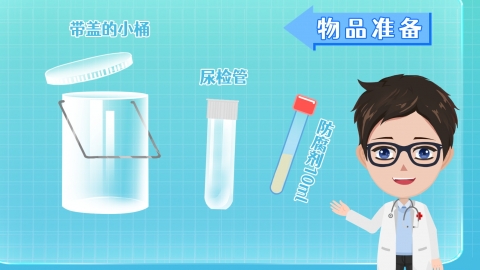What diseases can be detected through a routine urinalysis?
Generally speaking, routine urinalysis refers to a standard urine test. A routine urinalysis may detect conditions such as urinary tract infections, cervicitis, glomerulonephritis, diabetes, and urinary tract obstructions. If experiencing any discomfort, it is recommended to seek medical attention promptly and undergo symptomatic treatment under the guidance of a qualified physician. Detailed explanations are as follows:

1. Urinary Tract Infection
A urinary tract infection is an inflammation caused by the abnormal proliferation of bacteria or microorganisms in the urine. Patients may experience symptoms such as frequent urination, urgency, and painful urination. In routine urinalysis, urinary tract infections typically present with increased white blood cells and may also show positive nitrite levels.
2. Cervicitis
Cervicitis may be caused by pathogens such as bacteria or viruses, potentially leading to symptoms like purulent vaginal discharge and cervical congestion. In routine urinalysis, it typically presents as increased white blood cells in the urine and possible abnormalities such as the presence of urinary protein.
3. Glomerulonephritis
Glomerulonephritis is caused by genetic factors, infections, and other factors. Patients may experience symptoms such as edema and hematuria. In routine urinalysis, increased red blood cells and abnormal indicators such as urinary protein and white blood cells suggest possible kidney damage.
4. Diabetes
In patients with diabetes, insufficient insulin secretion or impaired insulin function leads to elevated blood glucose levels, with excess glucose excreted through urine. In routine urinalysis, diabetes typically presents with a positive urine glucose result.
5. Urinary Tract Obstruction
Urinary tract obstruction can be caused by factors such as stones or inflammation. It can lead to poor urine drainage and symptoms such as dark-colored urine and decreased clarity. Routine urinalysis can assess indicators such as urine color and clarity to determine whether there is a urinary tract obstruction.
It is recommended to maintain good lifestyle habits, drink an adequate amount of water, and maintain a balanced diet to help prevent urinary system diseases.








